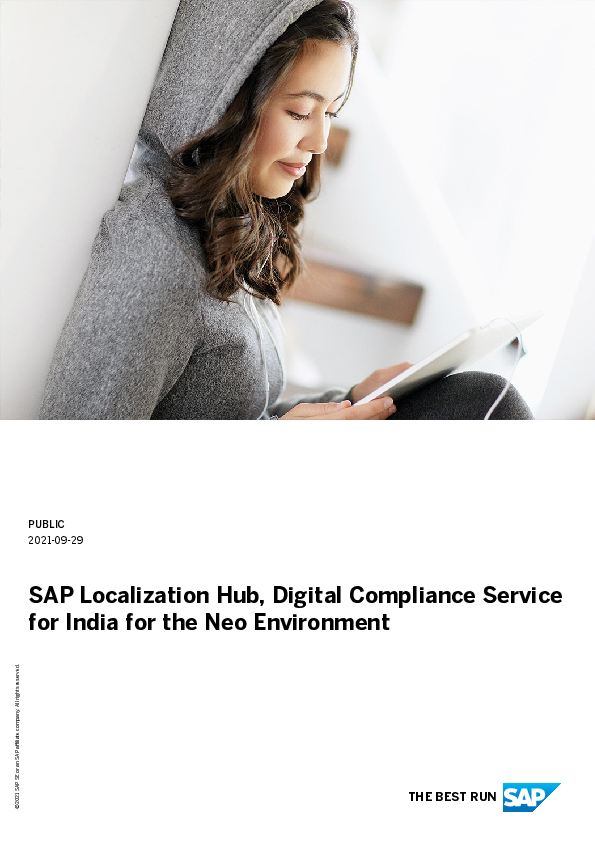
Explore SAP Business Technology Platform (BTP), Neo Environment. This guide details its capabilities, account models, connectivity, security, administration, and development features for building and extending cloud applications.

A comprehensive guide for administrators on installing, configuring, and managing SAP Analysis for Microsoft Office, edition for SAP Analytics Cloud. It details system requirements, installation, settings, and integration with SAP BW, SAP HANA, and SAP BI Platform.

This guide provides comprehensive instructions for installing SAP Customer Activity Repository applications bundle 4.0 SPS04, covering prerequisites, software installation, and application setup for enterprise retail solutions.

This implementation guide details the configuration for SAP S/4HANA Manufacturing for Planning & Scheduling (DSC edition), enabling side-by-side deployment with SAP ERP systems. It provides comprehensive instructions for setting up and integrating Production Planning and Detailed Scheduling (PP/DS) capabilities.

A comprehensive guide detailing the integration of ABAP-based SAP systems, including SAP S/4HANA and SAP Business Information Warehouse (BW), with SAP Data Intelligence Cloud. It covers essential aspects such as installation, security, data extraction methods (CDS views, SLT), ABAP operators, and troubleshooting.

Explore the features and capabilities of SAP Web IDE Full-Stack, a comprehensive tool for developing, testing, and deploying enterprise applications. Learn about its architecture, development lifecycle support, extensibility, and security.

This guide provides comprehensive instructions for configuring the SAP Multi-Bank Connectivity connector. It covers essential steps such as setting up trusted certificate authorities, configuring Transport Level Security (TLS) and Message Level Security (MLS), and establishing connectivity between ERP systems and the SAP Multi-Bank Connectivity tenant. The document also includes troubleshooting tips for common issues encountered during onboarding and connectivity setup.

This Master Guide serves as the primary resource for the technical implementation of SAP Extended Warehouse Management 9.5 (SAP EWM 9.5). It offers comprehensive information on business scenarios and specific processes, aiding in the design of your SAP EWM 9.5 system landscape. The guide covers an overview of SAP EWM, its software components, and various business scenarios and processes, including inbound and outbound logistics, planning, and optimization.
